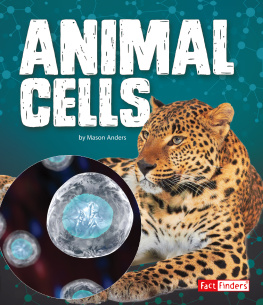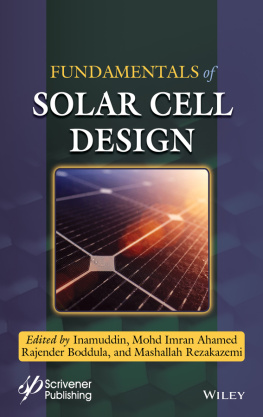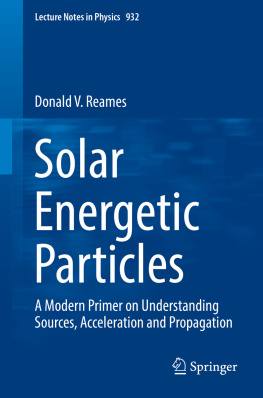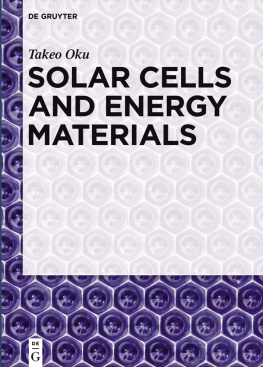Masahiro Hiramoto - Organic Solar Cells: Energetic and Nanostructural Design
Here you can read online Masahiro Hiramoto - Organic Solar Cells: Energetic and Nanostructural Design full text of the book (entire story) in english for free. Download pdf and epub, get meaning, cover and reviews about this ebook. year: 2021, publisher: Springer Singapore, genre: Home and family. Description of the work, (preface) as well as reviews are available. Best literature library LitArk.com created for fans of good reading and offers a wide selection of genres:
Romance novel
Science fiction
Adventure
Detective
Science
History
Home and family
Prose
Art
Politics
Computer
Non-fiction
Religion
Business
Children
Humor
Choose a favorite category and find really read worthwhile books. Enjoy immersion in the world of imagination, feel the emotions of the characters or learn something new for yourself, make an fascinating discovery.
- Book:Organic Solar Cells: Energetic and Nanostructural Design
- Author:
- Publisher:Springer Singapore
- Genre:
- Year:2021
- Rating:5 / 5
- Favourites:Add to favourites
- Your mark:
- 100
- 1
- 2
- 3
- 4
- 5
Organic Solar Cells: Energetic and Nanostructural Design: summary, description and annotation
We offer to read an annotation, description, summary or preface (depends on what the author of the book "Organic Solar Cells: Energetic and Nanostructural Design" wrote himself). If you haven't found the necessary information about the book — write in the comments, we will try to find it.
Organic Solar Cells: Energetic and Nanostructural Design — read online for free the complete book (whole text) full work
Below is the text of the book, divided by pages. System saving the place of the last page read, allows you to conveniently read the book "Organic Solar Cells: Energetic and Nanostructural Design" online for free, without having to search again every time where you left off. Put a bookmark, and you can go to the page where you finished reading at any time.
Font size:
Interval:
Bookmark:
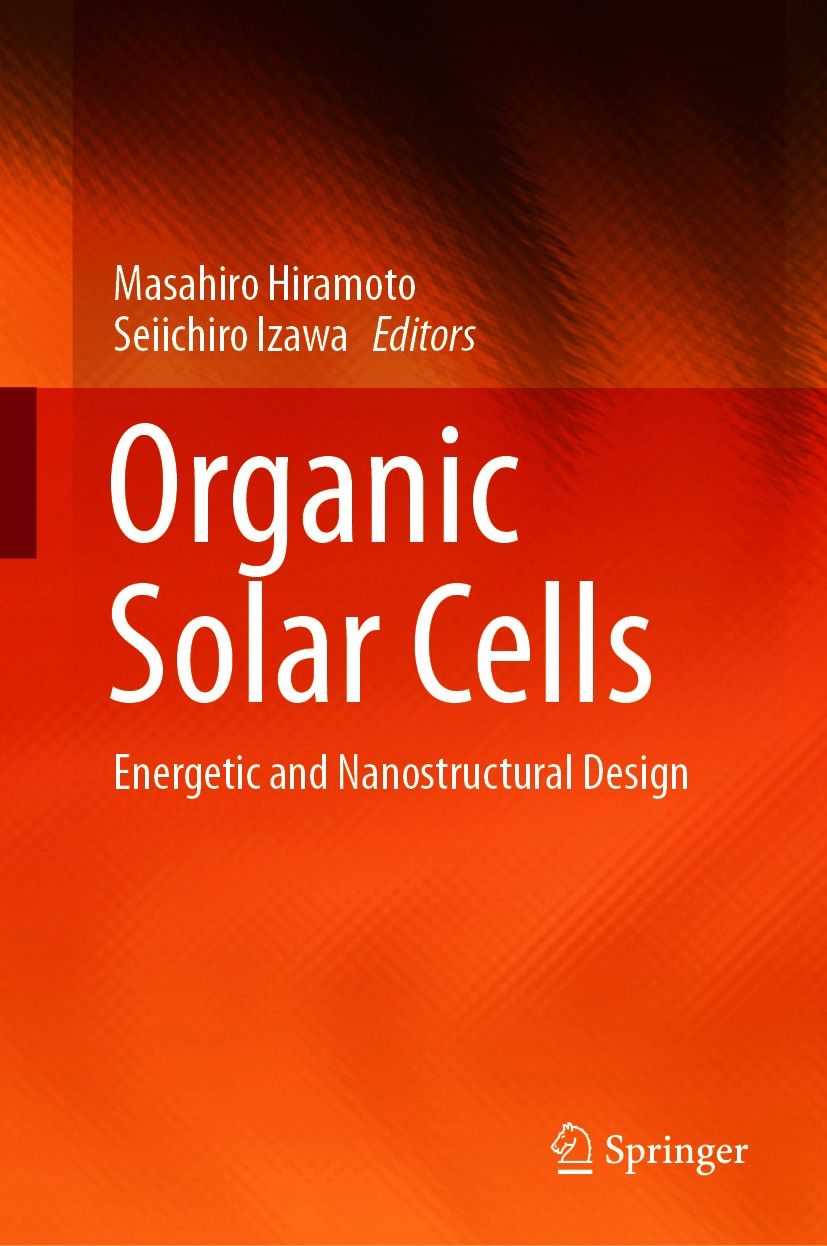

This Springer imprint is published by the registered company Springer Nature Singapore Pte Ltd.
The registered company address is: 152 Beach Road, #21-01/04 Gateway East, Singapore 189721, Singapore
Scientists have a responsibility to address the worlds energy problem as energy security in terms of energy resources from fossil fuels has become one of the main reasons for conflicts between nations. Organic solar cells present themselves as a potential candidate to solve the problem of energy access they have been intensively researched for more than half a century. The efficiency of organic solar cells has steadily been increasing by almost 1% per year since 2000 for 20 years and has not yet reached saturation. In 2020, the reported best efficiency and short-circuit photocurrent density reached 17.4% and 25 mA cm2, respectively.
I have been researching organic solar cells for 30 years since 1988, whereas up until 2000, few scientists around the world studied organic solar cells. The progress of organic solar cells has been far beyond my expectations. Although the science of organic semiconductors is approximately half a century behind compared to that of inorganic semiconductors, the research on organic solar cells has gradually been catching up to the research on inorganic ones. The current physics on organic solar cells is similar to the physics on inorganic solar cells around 1980 when I was still a student. As such, I am convinced that scientists, especially chemists, will be persistent with their attempts to develop and improve man-made solar energy conversion systems using organic compounds.
Recent driving forces for increases in efficiency have relied on the numerous repeats of the circulation around the syntheses of new organic semiconductors, blends and performance checks. However, a neglect of the basic physics, that underpins these complicated systems, has not permitted the future long-term development of organic solar cells.
I believe that original ideas are the most important in scientific research. As such, whilst writing this book, I was mindful of offering readers an insight into how essential ideas in organic solar cells have been created to date in efforts to provide a foundation for future progress in this field for readers such as students and amateur and experienced scientists.
The main topics this book covers include the fundamental principle of organic solar cells, invention of blended junction, lateral junction, final solution of blended cells, current status of polymer cells, carrier generation mechanism, cutting-edge theory on organic solar cells, photo voltage generation, doping and future development.
I was first approached regarding the writing of a book during a brief discussion with Claus Acheron, Ph.D., Executive Editor Physics in Springer. This occurred immediately before my presentation titled Bandgap Science for Organic Solar Cell at the 2015 European Material Research Society in Lille, France. In 2017, I was again requested to write a book by Shinichi Koizumi, Ph.D., a Senior Editor for Books Chemistry and Materials Science in Springer. It has taken approximately 2 years to complete this book. I am deeply appreciative of the efforts of my writers, Hideo Okita, Ph.D., Itaru Osaka, Ph.D., Takatoshi Fujita, Ph.D., Toshihiko Kaji, Ph.D. and Seiichiro Izawa, Ph.D. I am also very grateful to the Springer editors, Shinichi Koizumi, and Taeko Sato, for their assistance and encouragement.
It is my strong hope that young scientists of the next generation will greatly advance the research in this field.

Scientists have the responsibility to solve the energy problem since the security concerns about the energy resources from fossil fuels have been one of the main reasons for conflicts among nations. The solar cell, which has been studied intensively for more than half a century, is a candidate to solve this energy issue. Presently, almost all solar cell markets are dominated by the single-crystal silicon (c-Si). Figure ] that supplied 2% of the global electricity demand in 2018.
Font size:
Interval:
Bookmark:
Similar books «Organic Solar Cells: Energetic and Nanostructural Design»
Look at similar books to Organic Solar Cells: Energetic and Nanostructural Design. We have selected literature similar in name and meaning in the hope of providing readers with more options to find new, interesting, not yet read works.
Discussion, reviews of the book Organic Solar Cells: Energetic and Nanostructural Design and just readers' own opinions. Leave your comments, write what you think about the work, its meaning or the main characters. Specify what exactly you liked and what you didn't like, and why you think so.




